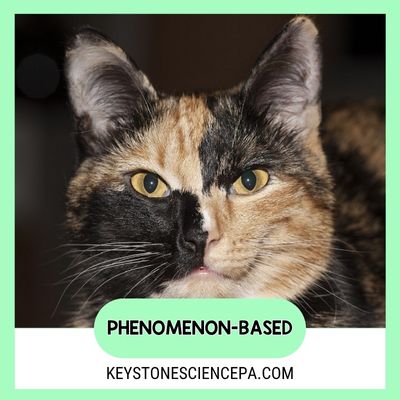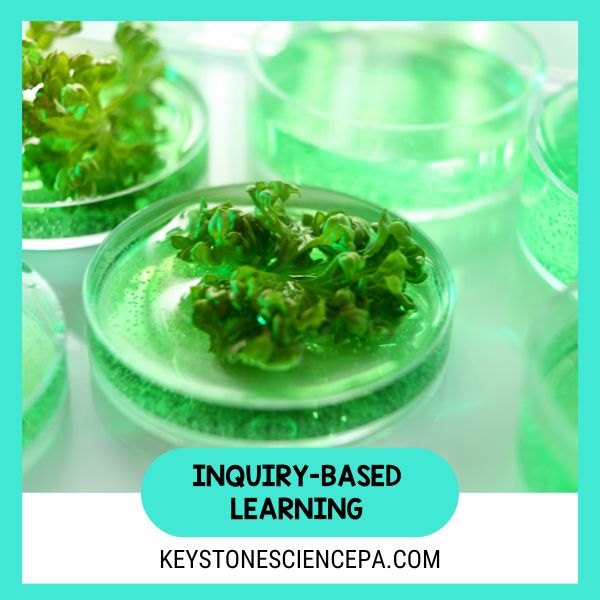Ever wondered why cats come in such stunning patterns and hues? Your students probably have, too! Now, imagine capturing their curiosity and channeling it into an NGSS-aligned genetics unit they’ll love.
Phenomena-based learning provides educators with a powerful way to engage students by grounding lessons in real-world questions, observations, and problems. This approach encourages critical thinking and fosters a deeper connection between classroom concepts and the world around us. The fascinating diversity of cat coat colors serves as an excellent anchoring phenomenon to teach students about inheritance patterns. By exploring the genetics behind these patterns, students can dive into key concepts like inheritance, genetic variation, and the role of dominant and recessive traits. This engaging approach sparks curiosity, encourages inquiry, and helps students see the relevance of biology in everyday life.
Traditional lessons on inheritance often begin with Gregor Mendel’s classic pea plant traits before shifting to non-Mendelian examples like roan cattle, snapdragon flower color, human blood types, and skin pigmentation. While these examples effectively introduce genetic concepts, they can feel disconnected from students’ lives—leaving them disengaged and craving relatable, real-world applications.
That’s why I designed a Genetics NGSS-aligned unit to teach Mendelian and non-Mendelian inheritance through the captivating lens of cat coat patterns and colors. This unit combines the rigor of genetics with the intrigue of cat biology, offering an approach that reinforces core concepts and sparks curiosity and excitement for science.
In this post, I’ll share the details of this engaging unit, along with strategies for scaffolding lessons, assessing student understanding, and setting your class up for success. Get ready to take your students on a journey through the fascinating world of cat genetics—a journey that will deepen their grasp of biology and inspire their passion for discovery.
Why Cat Coat Colors Make a Perfect Phenomenon
Cats come in such a wide variety of stunning coat colors and patterns that they’re almost impossible to ignore—a trait that makes them perfect to use as an anchoring phenomenon. From the classic tabby to striking calico and curious tuxedo-patterned cats, the diversity of coats represents an accessible way to explore complex genetic inheritance patterns.
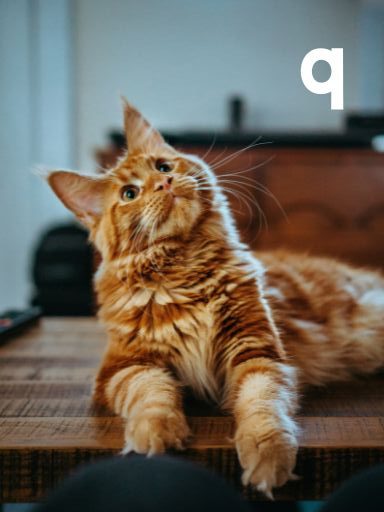
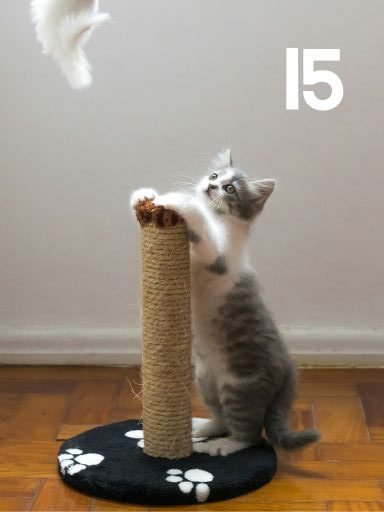
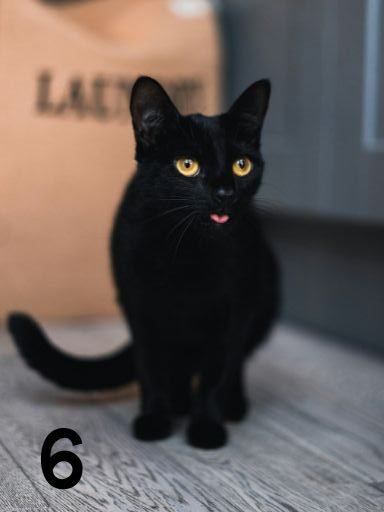
By choosing an eye-catching image of a unique cat (or two) as your anchoring phenomenon, you give students something tangible to investigate. Revisiting this image throughout the unit ensures the lessons stay connected to the phenomenon, reinforcing student understanding at every step.
The Structure of a 5E Unit and Its Application in this Design
The 5E instructional model—Engage, Explore, Explain, Elaborate, and Evaluate—is such a great way to create meaningful, student-centered learning experiences. I used it to design this unit carefully, making sure each step builds on curiosity and helps students really understand the material.
Engage: We kick things off with an eye-catching image of unique cat fur patterns to spark curiosity. This “anchoring phenomenon” draws students in, gets them asking questions, and helps them connect the topic to what they already know.
Explore: Next, students dive into hands-on activities and simulations to investigate genetic principles. They might use Punnett squares to look at inheritance patterns or analyze genetic data tied to coat variations. It’s all about actively exploring and discovering.
Explain: Here, students share what they’ve learned and start piecing it all together. Through discussions, direct teaching, and multimedia resources, they build a solid understanding of concepts like dominant and recessive traits, codominance, and polygenic inheritance.
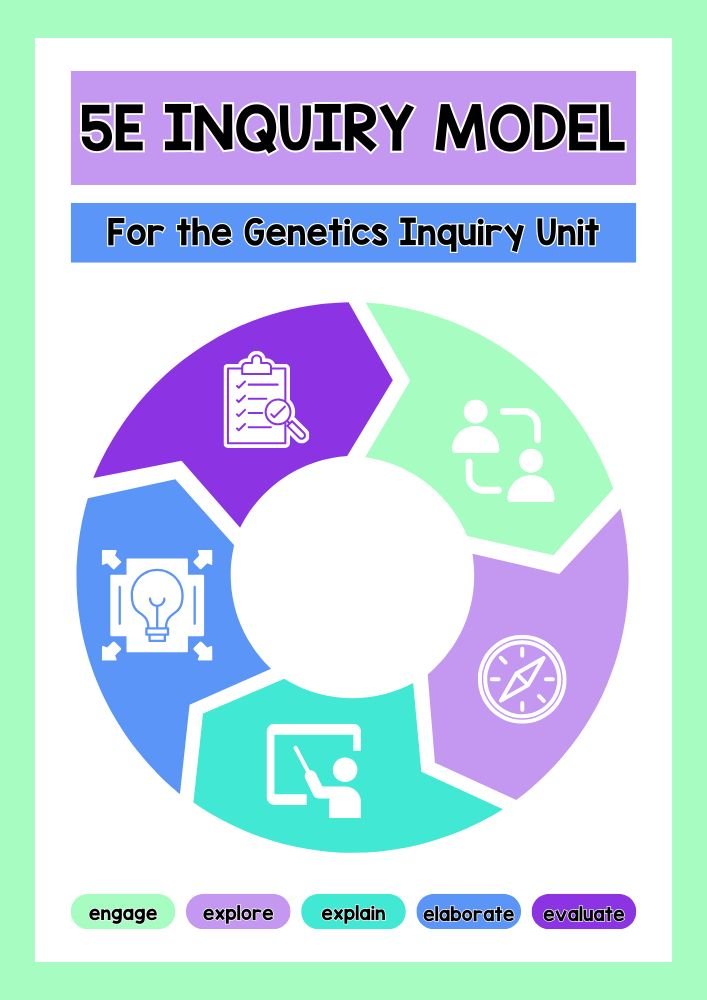
Elaborate: With the basics down, the students apply their knowledge to new scenarios. They might predict the outcomes of hypothetical cat pairings or dig into the genetic basis of rare coat patterns. It’s all about critical thinking and making connections.
Evaluate: Finally, assessment happens throughout and at the end of the unit. Quizzes, creative projects, and group discussions help me see their progress and give them a chance to reflect and improve.
I put this unit together using the 5E model to make it interactive, engaging, and backed by solid teaching practices. It’s not just about learning the material—it’s about helping students build critical thinking skills and really get how genetics works in the world around them. And honestly, it’s so much fun watching them get curious and involved!

5E Breakdown of the Genetics Unit
Engage
To kick off the unit, I display an image of a cat with a strikingly unique coat pattern—a tortoiseshell, a white-spotted tabby, or perhaps a mother cat surrounded by kittens that look nothing like her. Placing the image at the center of attention, I encourage students to share their observations and ask questions about what they see.
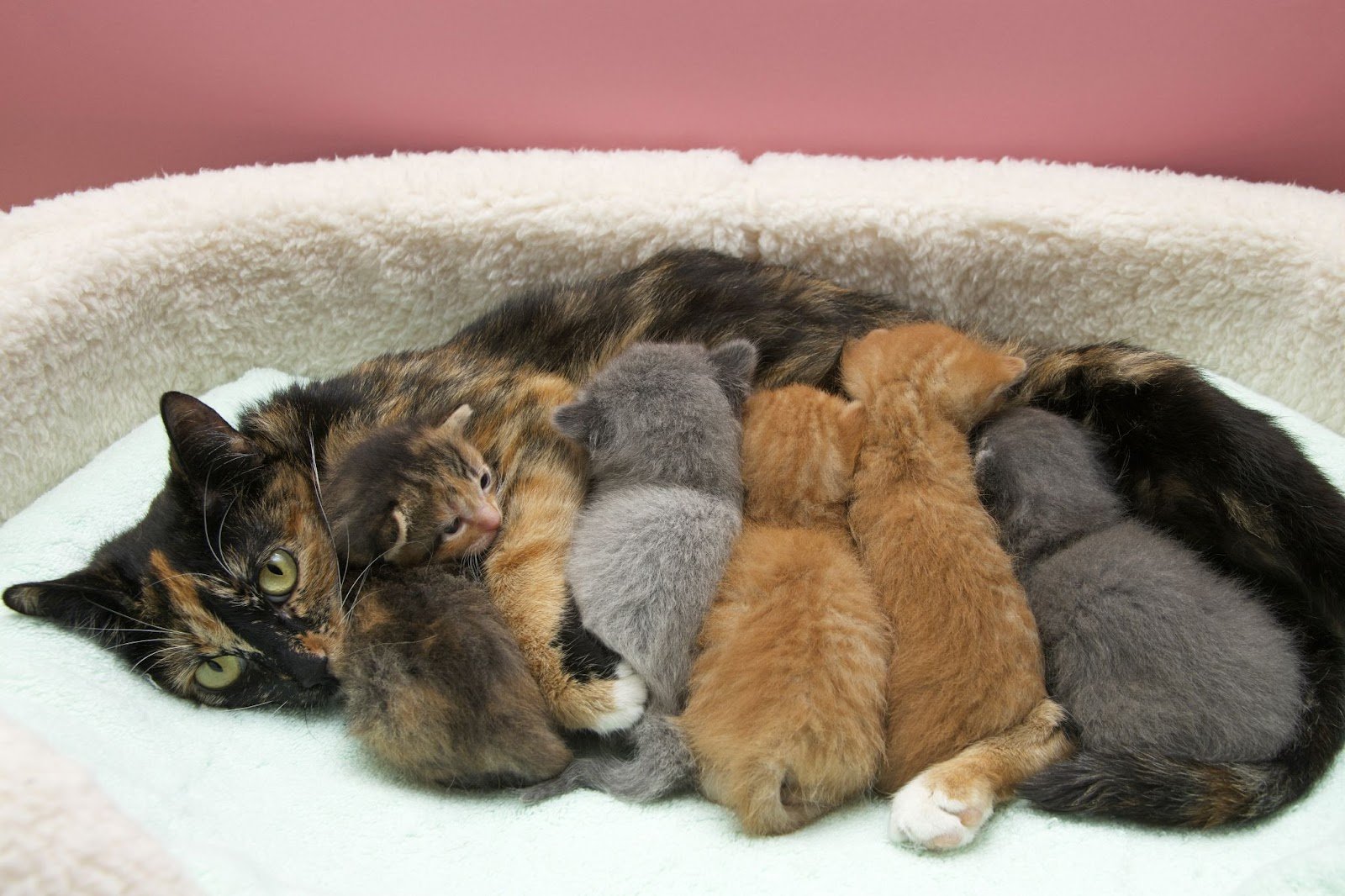
Students start by creating an initial model to explain why they think the cat in the image looks the way it does. This model is just a starting point—it helps them organize their current ideas about genetics and traits. The key here is that the model doesn’t need to be perfect or final—it’s a work in progress that they’ll revisit and improve as they move through the unit. As they learn more about genetics, inheritance patterns, and related concepts, they’ll get the chance to update their models with new evidence and insights, building a stronger understanding along the way.
Explore: Mendelian Basics

Teach students the basics of Mendelian inheritance by using two clear examples:
- FGF5 Gene: This gene controls fur length. The dominant allele (F) gives short fur, while the recessive allele (f) results in long fur.
- Agouti Gene: This gene affects coat patterns. The dominant allele (A) creates a tabby coat, and the recessive allele (a) leads to a solid coat. Dive into how these patterns show up in offspring!
As part of the lesson, revisit the use of Punnett squares to predict inheritance patterns and review the concepts of dominant and recessive traits. Encourage students to apply these tools to comprehend how combinations of alleles influence observable characteristics in organisms.
Explore: Dihybrid Crosses
Let’s dive into dihybrid crosses—a super important concept for understanding how traits are passed down. Remember those Mendelian traits we talked about yesterday? Now we’ll use them to explore how independent assortment and segregation work. Basically, these are the rules that explain how genes for different traits get passed down separately, creating all kinds of genetic combinations.
Here’s the fun part: practice! Try out problems where you predict what traits offspring might inherit based on different parent combos. Use a dihybrid Punnett square to break it down step by step, so it’s easy to see how likely certain traits a to show up and the different combinations of the traits.
Explore: Tackling Non-Mendelian Traits
Introduce non-Mendelian inheritance by talking about incomplete dominance, using the piebald spotting gene as an example. This gene affects how much white spotting shows up in an animal’s coat.
- If an animal has dominant alleles, they’ll usually have more white fur, often covering large areas.
- Heterozygous animals might have unique patterns, like tuxedo-style markings, where the white areas are smaller and often symmetrical.
To dive deeper, expand the lesson by introducing the idea of multiple coat color alleles, like black, chocolate, and cinnamon. Explain how these colors interact through a dominance hierarchy—black is usually dominant over chocolate, and both black and chocolate are dominant over cinnamon. You can also talk about how these coat colors combine with the piebald gene to create even more interesting and complex patterns.
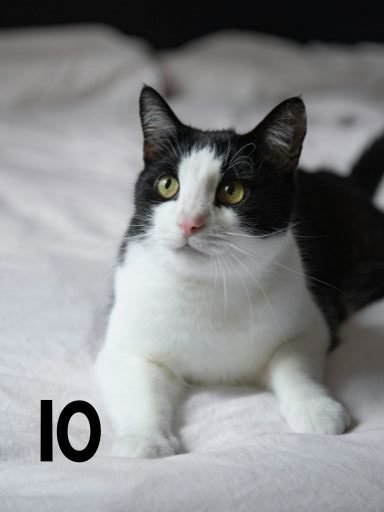
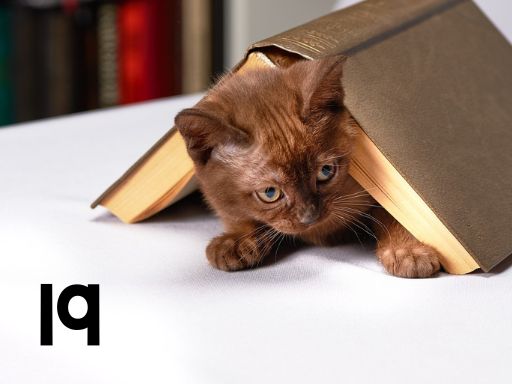
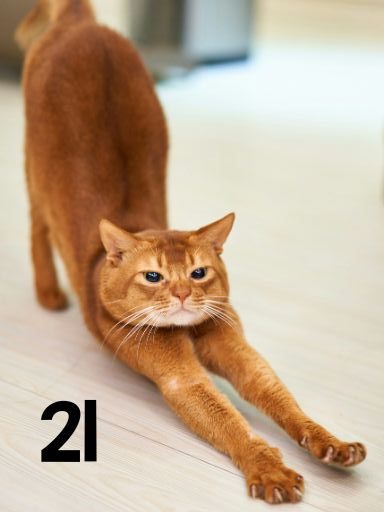
If students need extra practice with these concepts, think about splitting the topic into two lessons: one focusing on incomplete dominance with the piebald gene, and the other exploring coat color hierarchies and how the genes interact.
If this sounds good to you, grab some free non-Mendelian practice problems! They’re a great way for students to tackle genetics questions about the piebald gene and coat color alleles. Check them out here!

Explain: Revisiting Student Models
Encourage students to take a fresh look at their initial models and update them based on what they’ve learned. Use prompts to help them think about how their ideas have changed and guide them to apply these changes to their updated models. Ask them to compare the new version with the original, pointing out the differences and reflecting on why those changes make sense. This process not only helps them understand the material better but also gets them thinking critically about how new information can reshape what they thought they knew.
Explore: Exploring Sex-Linked Traits
Discover the fascinating genetics behind tortoiseshell and calico cats by diving into the role of sex-linked traits (the orange coat gene) and X-chromosome inactivation. These unique coat patterns are mostly seen in female cats because they have two X chromosomes, while males usually only have one. In females with two different coat color genes on their X chromosomes, a process called random X-chromosome inactivation silences one X in each cell. This creates their iconic patchwork look, as different parts of the coat show the color from the active X chromosome. This amazing genetic process not only gives them their striking patterns but also showcases the complexity of how genes work in mammals.
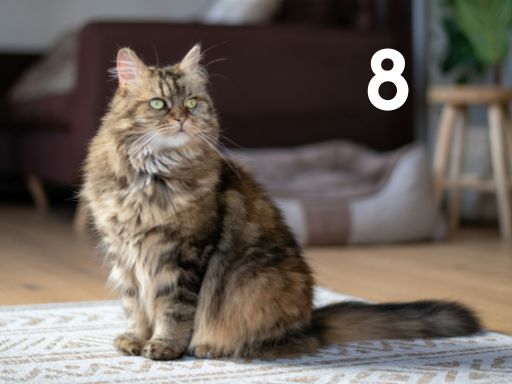
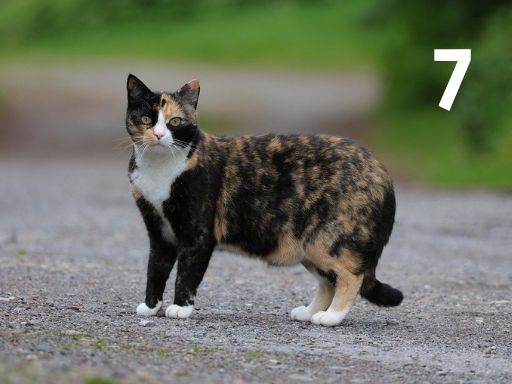
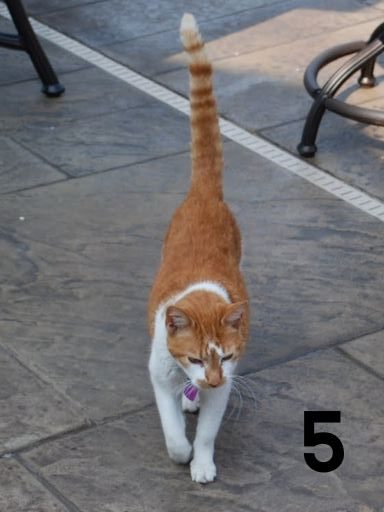
If this sounds good to you, grab this standalone sex-linked worksheet! They’re a great way for students to tackle genetics questions about sex-linked genes in cats. Check them out here!

Explore: The Role of Epistasis
Epistasis is when one gene can hide or change the effect of another gene, and it plays a big role in how traits are passed down. Basically, genes don’t always act alone—they interact, which can change the way traits show up. A cool example of this is coat color in cats. The orange coat color gene, for instance, is on the X chromosome. If a cat has this gene, it can completely override the effects of another coat color gene we talked about earlier (remember Day 4?). So, if the orange gene is there, it takes charge, and the other coat color gene won’t show.
Another fun example is all-white cats. If a cat inherits the white coat gene, it’s like a blanket that covers up everything else. This gene can mask both the coat color gene from Day 4 and the agouti gene we covered on Day 2. So no matter what other coat colors or patterns the cat has in its DNA, the white coat gene ensures the cat’s fur will be completely white.
These interactions show just how complex genetics can be. Genes often work together in surprising ways to create the unique coat colors and patterns we see in cats. Understanding epistasis gives us a better idea of how traits are passed down and expressed in all kinds of species. Pretty fascinating, right?
Elaborate: Applying Knowledge
Get your students thinking and applying their knowledge with a fun and interactive activity! In the unit, you’ll get 24 different pictures of cats with various coat colors and patterns. Then, challenge students to figure out the potential genotypes for each one. Encourage them to use what they’ve learned about genetics—like dominant and recessive traits—to explain their reasoning. This activity not only reinforces what they’ve learned but also helps them connect classroom concepts to real-world examples. It’s a great way to build their confidence in tackling complex problems while deepening their understanding of genetics.
For example, predicting a cat’s genotype based on its coat color isn’t always straightforward. Take an orange tabby, for instance. As we covered on Day 7, the orange tabby gene is epistatic, meaning it hides the expression of black, brown, or cinnamon coat color genes. Without genetic testing, you wouldn’t be able to determine the cat’s full genotype since the orange gene masks those other traits. This activity offers a captivating and educational exploration of the complexities involved in inferring genotype from phenotype.
Evaluate: Final Model Construction
Wrap up the unit by having students revisit and refine their models to explain the anchoring phenomenon. This is their chance to show a solid understanding of what they’ve learned. Their final models should include both Mendelian and non-Mendelian inheritance concepts, clearly working together to explain the phenomenon. Encourage them to tweak their models based on the knowledge they’ve gained and any feedback they’ve received along the way.
Here’s what to focus on:
- Ask them to reflect on the changes they made, why they made them, and how those adjustments tie into the concepts they learned.
- Get them to back up their explanations with evidence, using examples, case studies, or data they’ve worked with during the unit.
- Help them draw connections between the theoretical concepts and real-world applications, showing why genetics matters in understanding the world around us.
This final activity will not only test their understanding but also build skills in critical thinking, reflection, and using evidence to make a strong case.
Phenomena-Based Learning Brings Genetics to Life
Teaching genetics through phenomena-based learning is an amazing way to get students excited and engaged. Imagine building your NGSS-aligned unit around something fun and relatable, like cat coat colors. Why are some cats striped, spotted, or solid-colored? Exploring these questions grabs their attention while helping them understand key concepts like dominant and recessive traits, genotypes, and phenotypes in a way that really sticks.
This approach isn’t just about teaching facts—it’s about helping students think like scientists. Activities like building models, asking questions, spotting patterns, and revising ideas based on evidence make learning hands-on and interactive, just like real-world scientists.
By tying lessons to real-world examples, phenomena-based learning sparks curiosity and helps students see science as a way to make sense of the world around them. It deepens understanding, boosts critical thinking, and builds problem-solving skills that go far beyond the classroom. Plus, who wouldn’t want to learn genetics through adorable cat examples?
If you’re an educator looking to bring a fun, phenomena-based approach to your classroom, check out my online store! You can grab the full unit, which includes a cat genetics reference sheet, practice problems, extension and review ideas, formative assessments, and all the materials you need to make teaching genetics easy and exciting in your high school biology class. It’s all designed to help you teach genetics in a way that really clicks with your students. If you’re not ready for a full commitment I have a couple individual activities available (see the links below). Don’t wait—start transforming your science lessons today!



Let’s Connect!
💡Feel free to explore Keystone Science for ready-to-use high school biology & ecology NGSS aligned notes and activities.
💡Subscribe to my email list for weekly tips direct to your inbox.
💡Follow me on Instagram for daily tips, motivation, and facts you can use in your classroom!
🌟Share in the comments or email me directly 👉🏻 [email protected]







